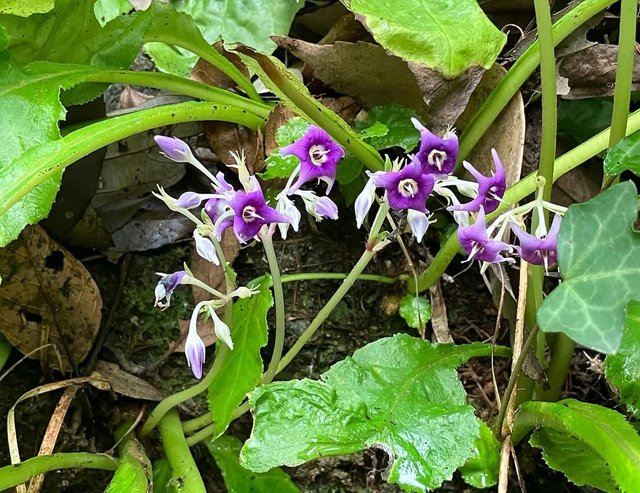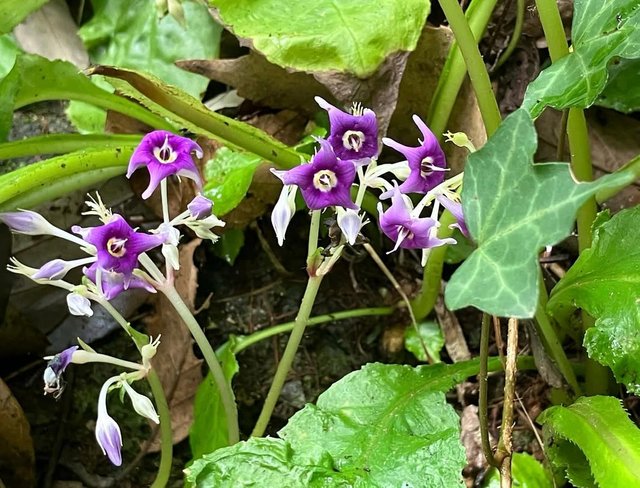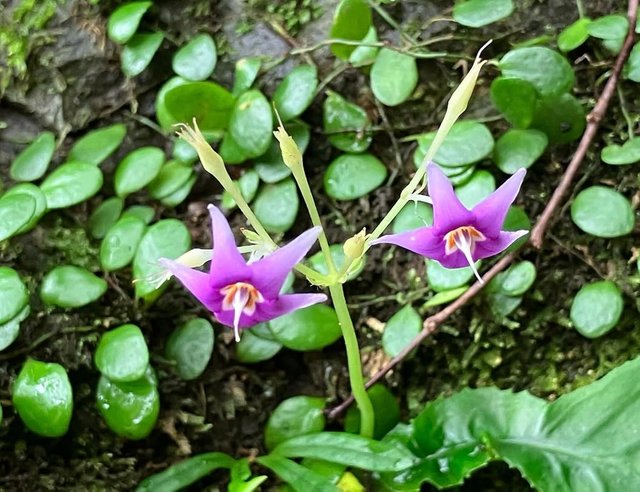Ranzania japonica
Ranzania japonica is a rare and fascinating flowering plant is native to Japan, particularly found in the mountainous woodlands of Honshu. It is a perennial herbaceous plant that has gained attention among botanists and gardeners for its unique beauty, rarity, and ecological significance. The plant was first described in the early 20th century and has since remained one of the most intriguing ornamental species due to its restricted distribution and specialized growth requirements.
Ranzania japonica typically grows in shady forest understories where the soil is humus-rich, moist, and well-drained, conditions that allow the plant to thrive in its natural habitat. It is a clump-forming plant with slender stems and deeply divided leaves that resemble those of ferns, giving it an elegant and delicate appearance. The leaves are arranged alternately and are often lobed or serrated, contributing to its graceful form.
The most striking feature of Ranzania japonica is its distinctive flowers, which appear in spring, usually between April and May. The blossoms are cup-shaped, nodding, and typically pale lilac to soft purple in color, though variations in white are also occasionally seen. Each flower consists of six petaloid sepals that encase the reproductive structures, giving the bloom a subtle yet enchanting charm. Unlike many showy flowers, Ranzania japonica has a refined and understated beauty, making it a prized plant for shade gardens and woodland landscapes. Its delicate flowers are borne on arching stems and often appear singly or in small clusters, attracting pollinators such as bees and other insects.



